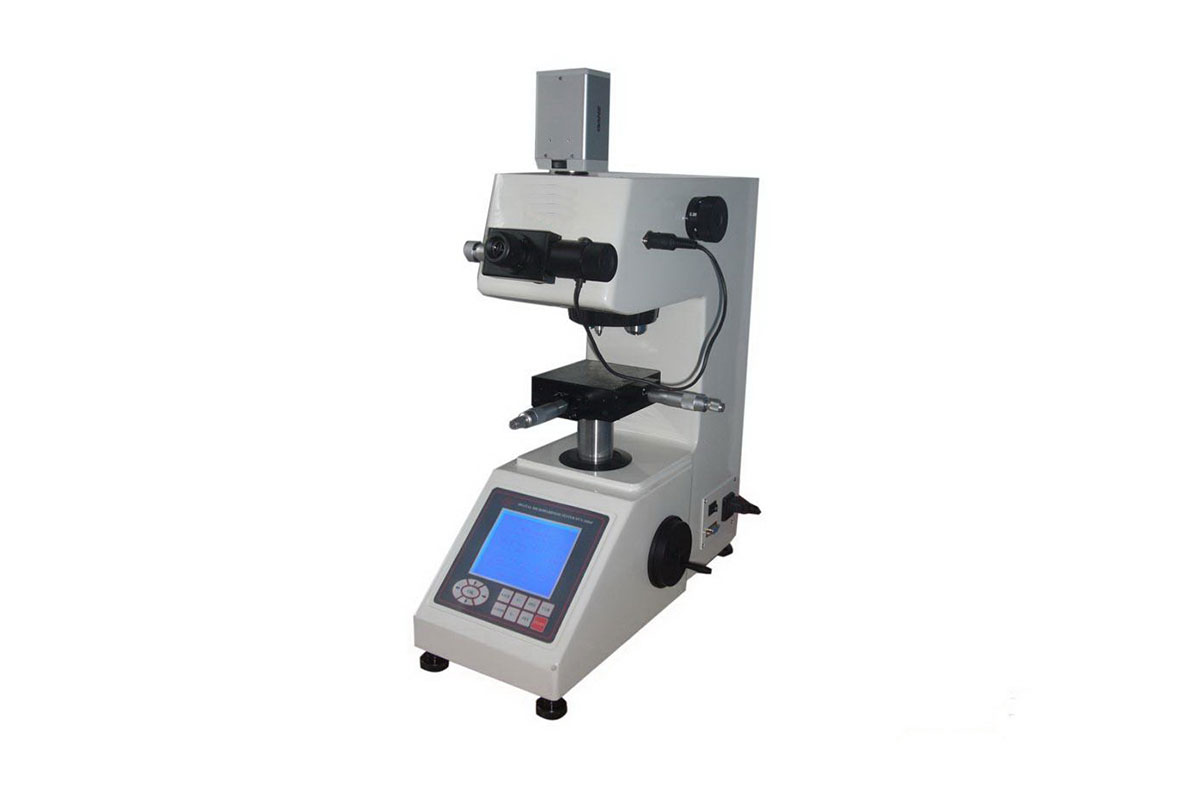

Commonly used non-destructive testing methods for copper materials include ultrasonic, eddy current, radiation, and penetration.
Ultrasound
Ultrasound is a technology that uses ultrasonic energy to propagate in an elastic medium, produce reflection, refraction and other characteristics on the interface, and perform non-destructive inspection of material internal and surface defects.
Vortex detection
Vortex detection is based on the theory of electromagnetic induction. When a coil containing a high-frequency alternating current approaches the surface of a conductive material, it will cause an eddy current generated on the surface of the material, thereby generating its own magnetic field to interact with the magnetic field excited by the coil. On the defective working surface, the eddy current magnetic field will change, which will cause the magnetic field of the detection coil to change. In order to determine whether there are defects on the surface and near the surface of the material.

Light detection method
When using specific rays (such as X, γ-rays) to penetrate the workpiece, the defective part and the non-defective part have different absorption and scattering of the rays. Use a suitable detector (mainly using a ray sheet) to obtain the transmitted ray intensity distribution image. So as to determine whether there are defects in the material.
Permeability testing
Penetration flaw detection uses the principle of liquid capillary action. A penetrant is added to the surface of the material to be tested, which can penetrate various small defects that open on the surface of the material, remove the excess penetrant attached to the surface of the material, and dry and apply the image. Agent, non-destructive testing of visible pipe defects.